Known for its powdery snow, stunning scenery, and top-notch resorts, Japan offers some of the best skiing experiences in the world.
This guide will walk you through everything from the best time to hit the slopes to essential tips on gear and local insights.
To make the most of your trip, consider using an iRoamly Japan travel eSIM for fast, reliable connectivity, so you can navigate, book services, and share your snowy adventures in real time. Now, let's explore Japan’s winter wonderland!
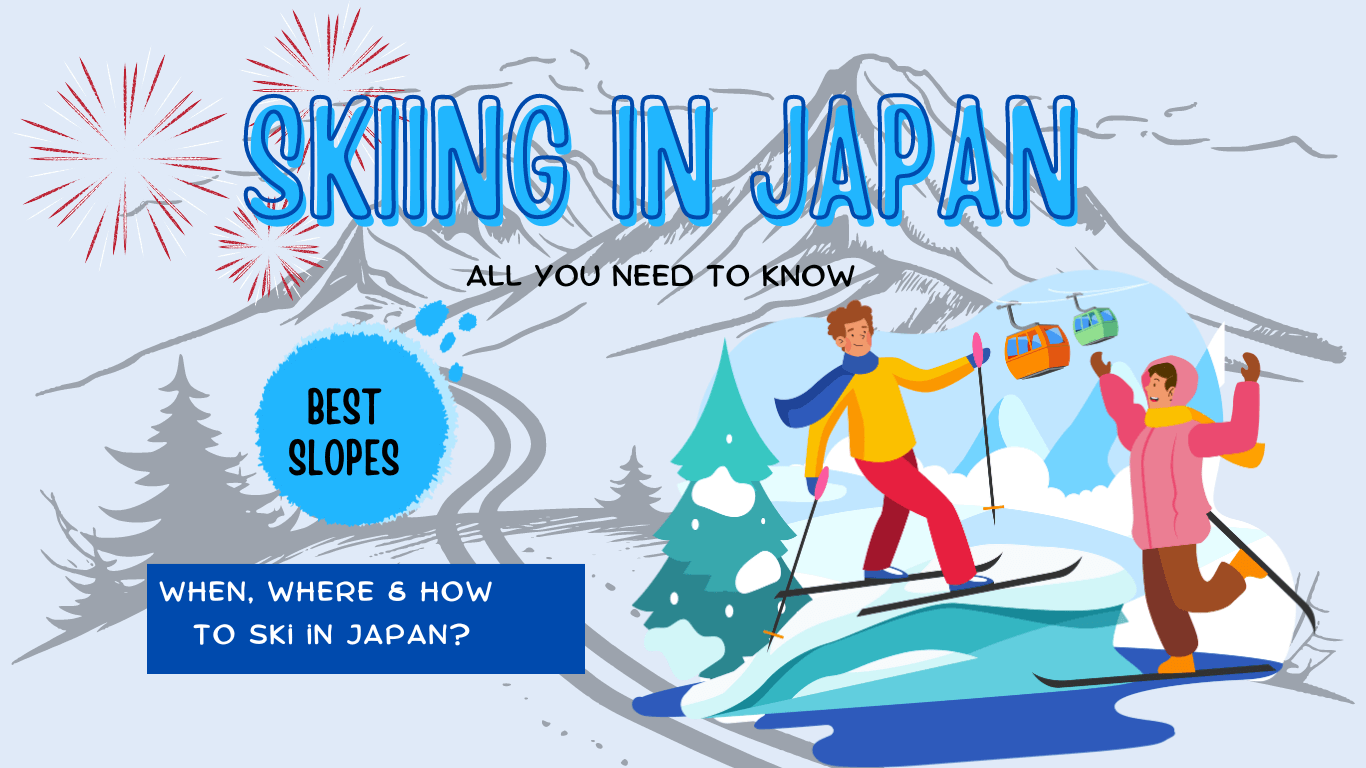
Does Japan Have Good Skiing?
Absolutely! The quality of the snow in Japan is famous – you might hear it called "Japow", a play on Japan and powder. It's super light and fluffy, perfect for skiing or snowboarding.
Most ski resorts in Japan are well resourced, with plenty to entertain skiers of all levels. With posted runs and off-piste opportunities, there's something here for everyone.
When to Ski in Japan?
Best Time to Visit
The best time to ski in Japan is normally from late December to early March, when the resorts have their deepest powder, especially in places such as northern island Hokkaido.
For the ultimate experience and most guaranteed snow, try to visit in January or February; you'll be past the holiday period and the conditions are perfect for a full day out on the slopes, but with fewer people around.
Recommended Duration for a Japan Ski Trip
Short Stay: 3-4 Days
Ideal for a quick getaway, or if you're short on time, this length will give you two to three full days on the slopes. Perfect if you're sticking to one resort, such as a few days in Niseko or Furano, where you can try out a variety of runs and enjoy local dining and onsen.
Standard Stay: 7 Days
A week-long trip is the most common option for international visitors, giving ample time to enjoy one large resort, or explore multiple areas in a resort cluster like Hakuba Valley. Split the week between different types of slopes, snow activities, and perhaps a day off to explore local sites or soak in an onsen.
Extended Stay: 14 Days or More
For those who want to fully immerse themselves in Japan's winter sports and culture, a two-week plus stay gives the most complete experience.
You could ski in a few different regions – say starting in Hokkaido's Niseko then heading to Honshu's Hakuba or Nozawa Onsen – or use the return to ski as an excuse for some all-round sightseeing, stopping in Sapporo, Tokyo, or Kyoto.
Where to Ski in Japan?
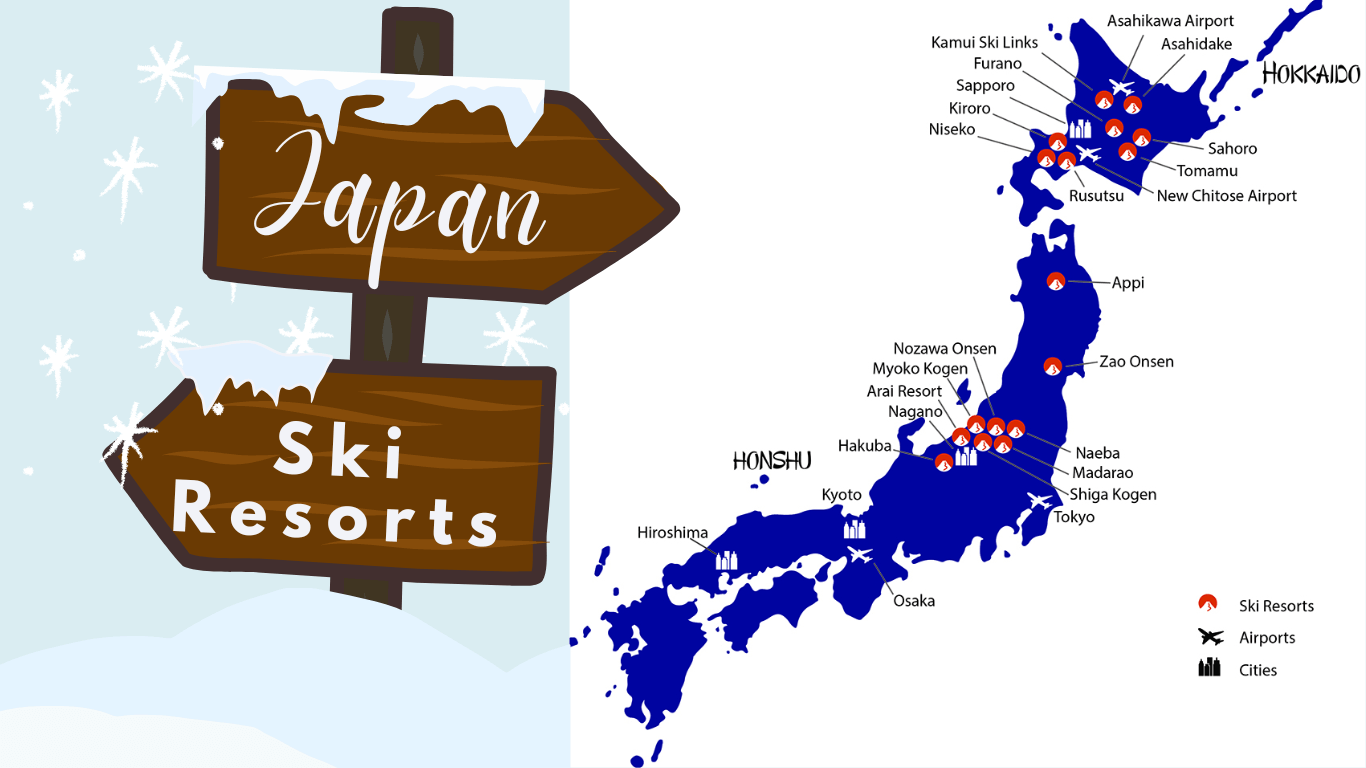
Japan is home to more than 500 ski resorts, spread across the country's mountainous terrain. While that means there are slopes to suit every style, from bunny hills to black runs, most are concentrated on the north island of Hokkaido and central Honshu, offering very different experiences based on the local culture and landscapes.
Famous Ski Resorts in Japan
1. Niseko, Hokkaido: With its deep snow and vibrant nightlife, Niseko has terrain over four interconnected resorts for all ability levels.
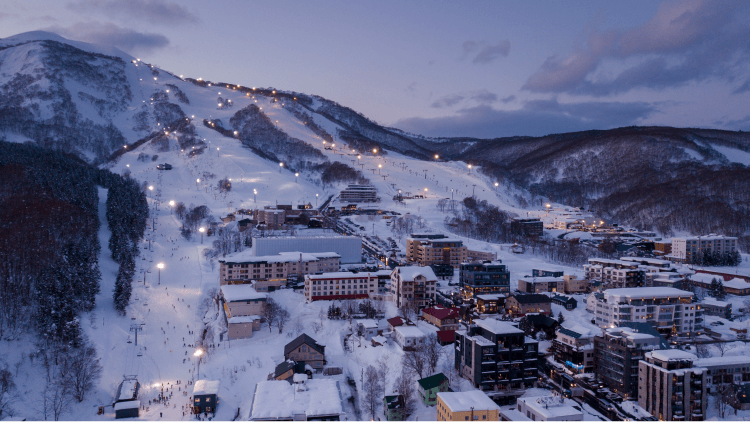
2. Hakuba Valley, Nagano: The site of the 1998 Winter Olympics, this alpine resort area boasts 11 different resorts and more than 200 runs to cater to all abilities.
3. Furano, Hokkaido: Known for its light, dry snow, Furano has a mix of freshly groomed courses and steep off-piste runs, all without the crowds of bigger resorts.
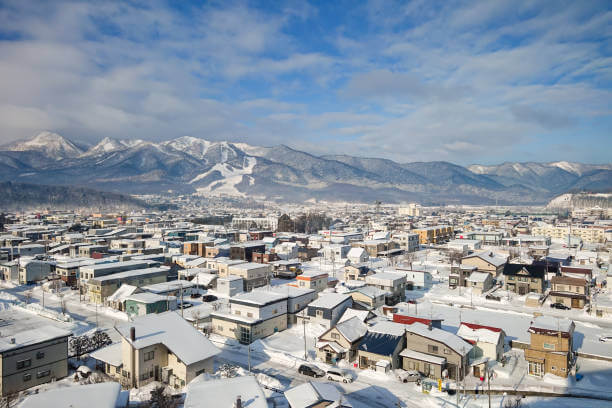
4. Nozawa Onsen, Nagano: One of Japan's most famous hot spring towns, Nozawa also offers some great skiing and a warm welcome from the locals.
5. Shiga Kogen, Nagano: Japan’s largest ski area is in the Joshinetsu Kogen National Park and is great if you're looking for plenty of piste and natural beauty.
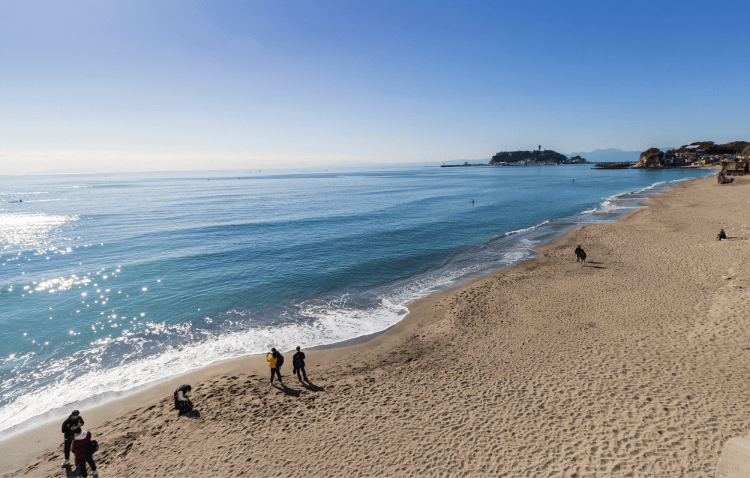
Which One Is the Best?
Which ski resort is "the best" in Japan is tough to call, as this can be so subjective.
If you're a powder hound and want lots of fellow internationals to ski with, you're likely to think Niseko is the best.
If you want the Olympics, steep runs, and direct Tokyo express train, you might find Hakuba Valley is the best. For everyone else, all these resorts have something unique and special to offer, making Japan a great all-round destination for a skiing holiday.
How to Get to the Resorts?
Getting to Japan's ski resorts is mainly straightforward, thanks to the efficiency of the country's public transport network, which includes trains, buses, and domestic flights. If you choose to fly, refer to your destination to select the most suitable Japan airports.
Transportation to Famous Japan Ski Resorts
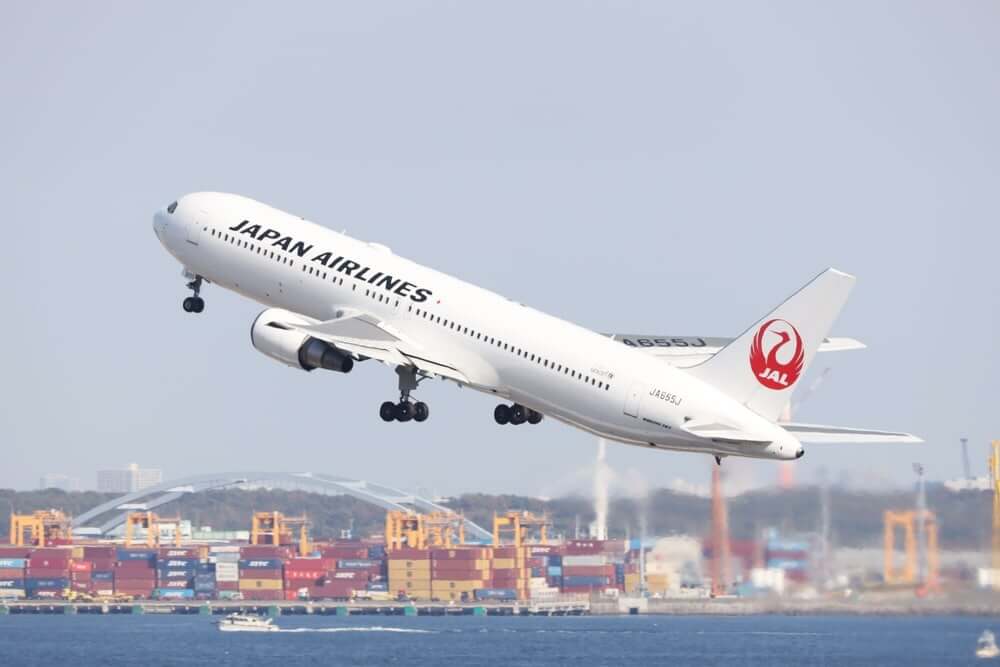
Niseko, Hokkaido
By Air: The nearest airport is New Chitose Airport near Sapporo. From there, a bus or private transfer can bring you to Niseko in approximately 2-3 hours.
By Train: Take a train from Sapporo to Kutchan Station, then a short bus or taxi ride to the resort.
Hakuba Valley, Nagano
By Train: From Tokyo, the bullet train (Shinkansen) runs to Nagano Station then take a one-hour bus to Hakuba.
By Direct Bus: Direct buses run from Narita and Haneda Airports to Hakuba. Expect the journey to take around 5-6 hours.
Furano, Hokkaido
By Air: Fly to Asahikawa Airport, then transfer by bus (around an hour) to Furano.
By Train: Take a train from Sapporo to Furano Station. Travel time is roughly 2 hours.
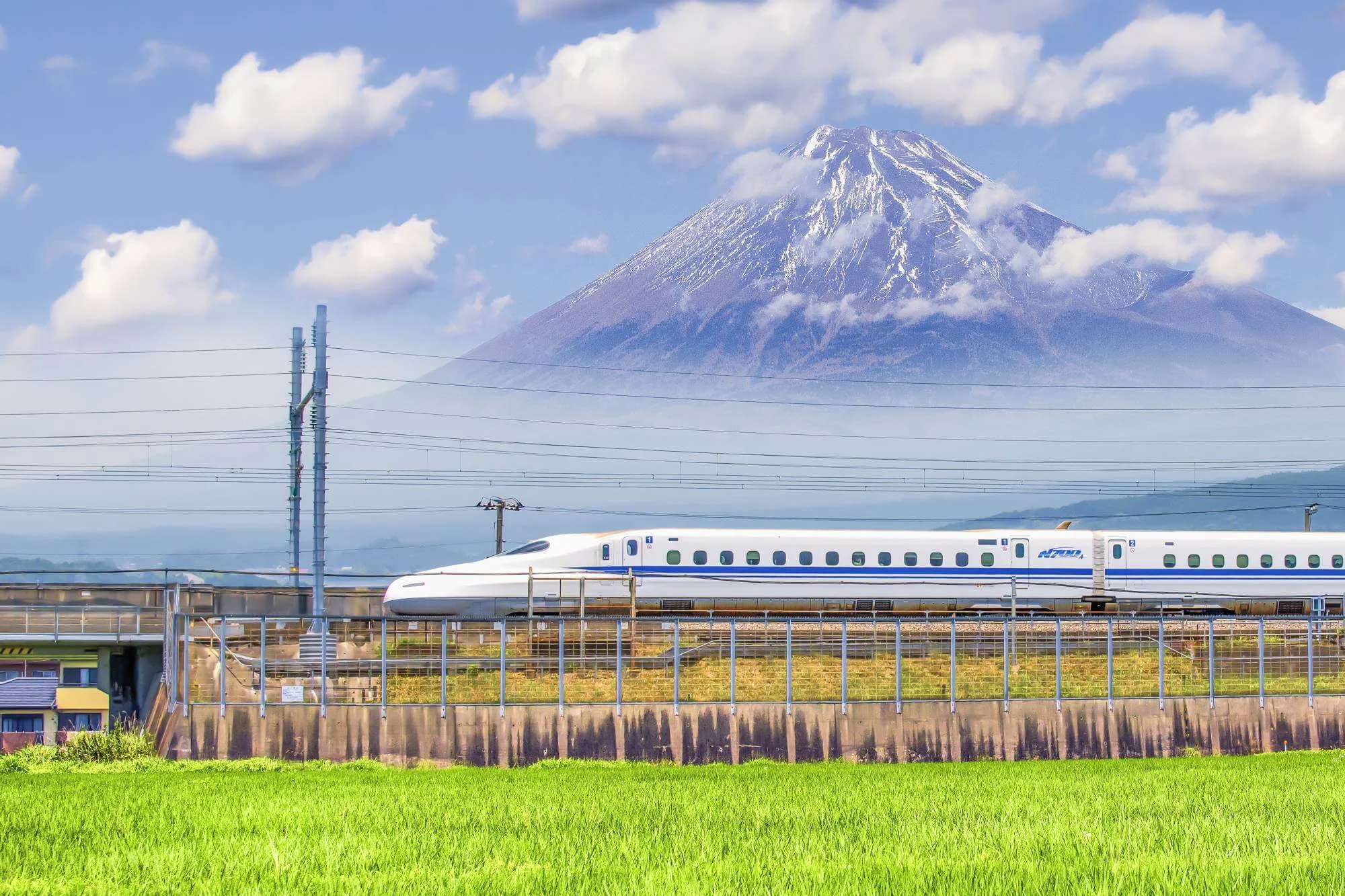
Choosing a Ski Hub City or Town
Where you base yourself for your ski trip can make a big difference. Here are some things to consider when choosing a ski hub:
Proximity to Ski Lifts: Staying close to the lifts saves time and energy. Accommodation like Niseko and Hakuba have lodging at the foot of the slopes.
Local Amenities: Research what else you can do, like the dining, shopping or other leisure options. Niseko boasts a lively après ski scene, making it a great base for those who don't plan to spend all their time on the mountain.
Accessibility: You'll want to be able to get to and from the resort with ease. Train stations in Kutchan for Niseko, or Nagano for Hakuba, are well connected to major cities, so are logical hubs.
Cultural Experience: If you want to experience Japanese traditions, consider a more traditional town such as Nozawa Onsen where you can get involved in the local culture.
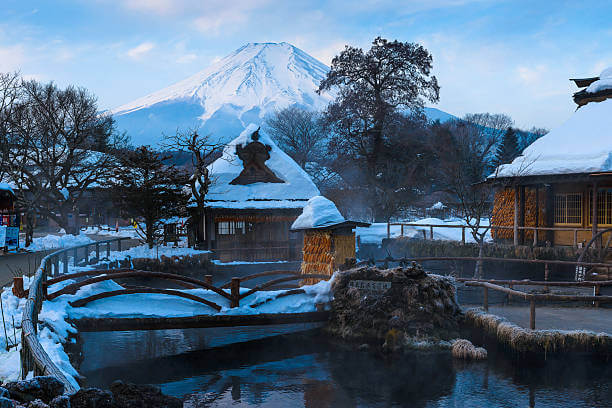
Other Tips:
Accommodation: Stay in a traditional ryokan inn or opt for contemporary hotel lodgings. Both are great options, just be sure to book ahead, as rooms can fill up quickly during ski season.
Off-Piste and Backcountry: Experienced skiers can find some incredible off-piste and backcountry skiing here. Always check local guidelines and weather conditions, and consider hiring a guide for extra safety.
Post-Ski Activities: Unwind after a day on the hills at the local onsen (hot spring) or enjoy some authentic Japanese cuisine at an izakaya (pub).
English-Speaking Ski Schools: Many resorts have ski schools with English-speaking instructors, so it needn’t be a barrier to learning new skills.
Ski Gear: You can either bring your skis with you or hire gear when you get there – most resorts will have reasonably priced high-quality kit available, and it can be much easier than carting it all the way from home.
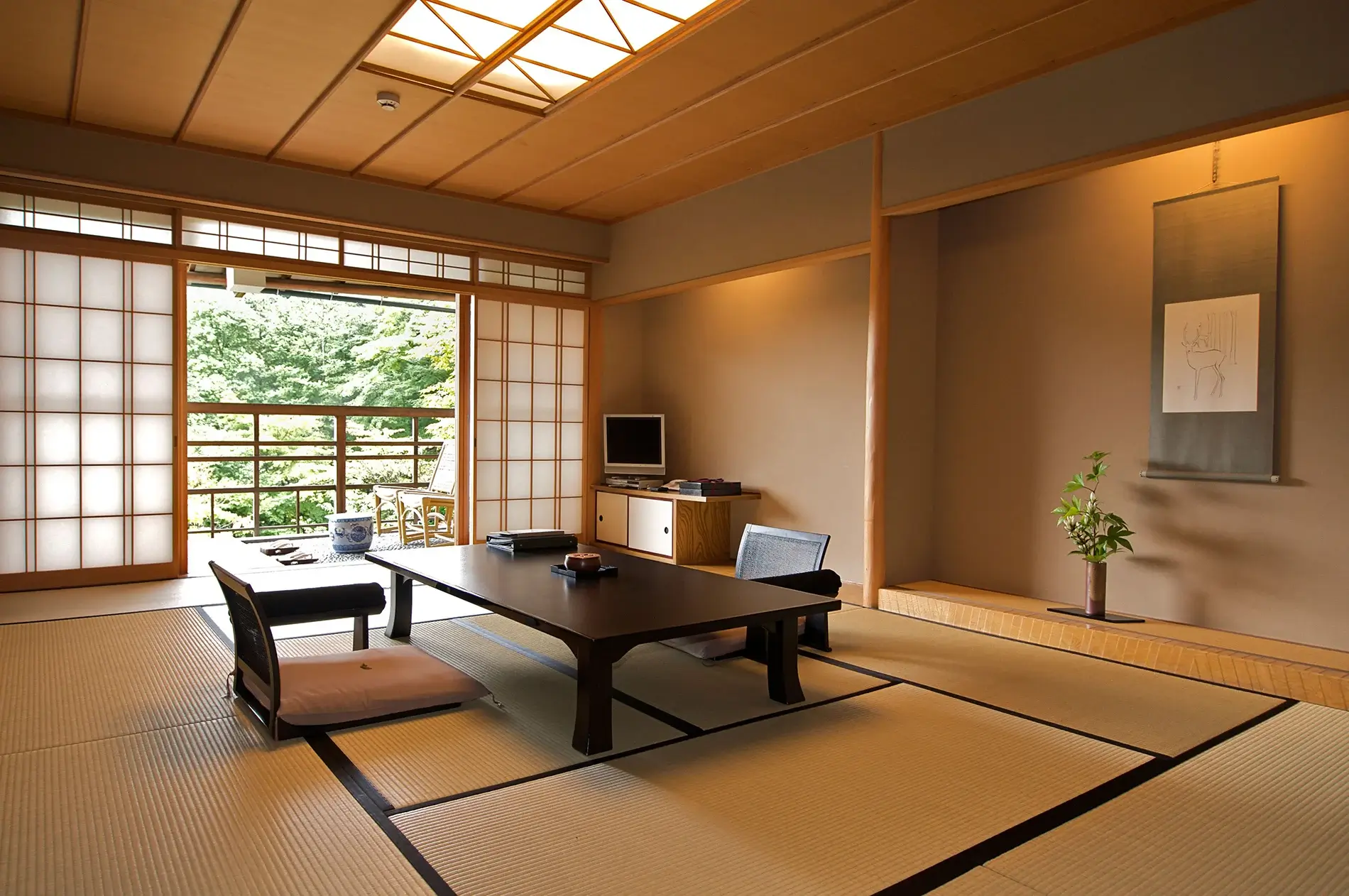
FAQs
1. Is it expensive to ski in Japan?
Skiing can be pretty affordable in Japan, with costs varying depending on the resort. Look out for package deals that bundle lift passes, accommodation, and rentals together.
2. Can foreigners ski in Japan?
Absolutely! Japan welcomes skiers from all over the world, with most services available in English too.
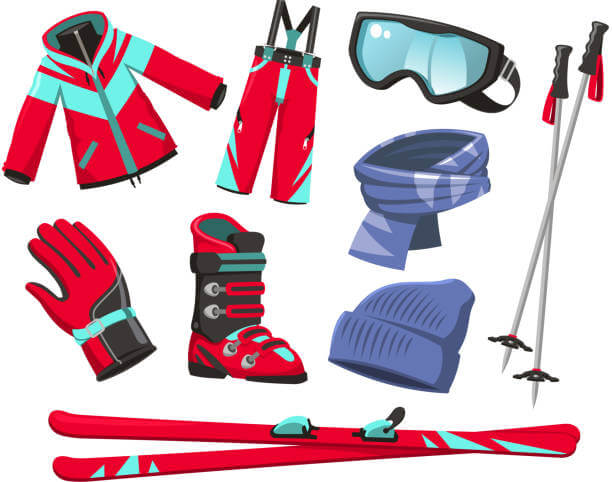
Summary
There’s snow in places like Japan for a ski holiday.
Good for first-timers and pros alike, Japan has it all for a great skiing experience.
This guide will set you straight on everything, top to bottom, that you need to know about skiing in Japan. Enjoy the snow!
